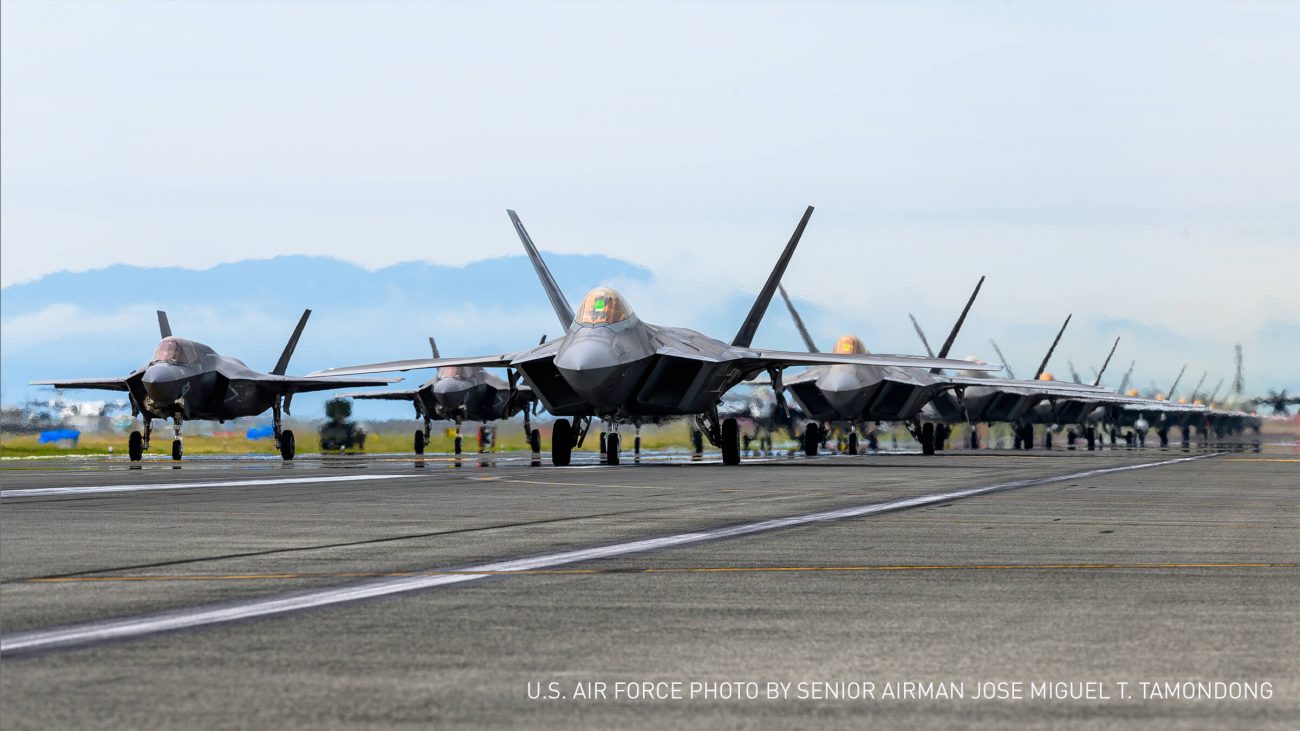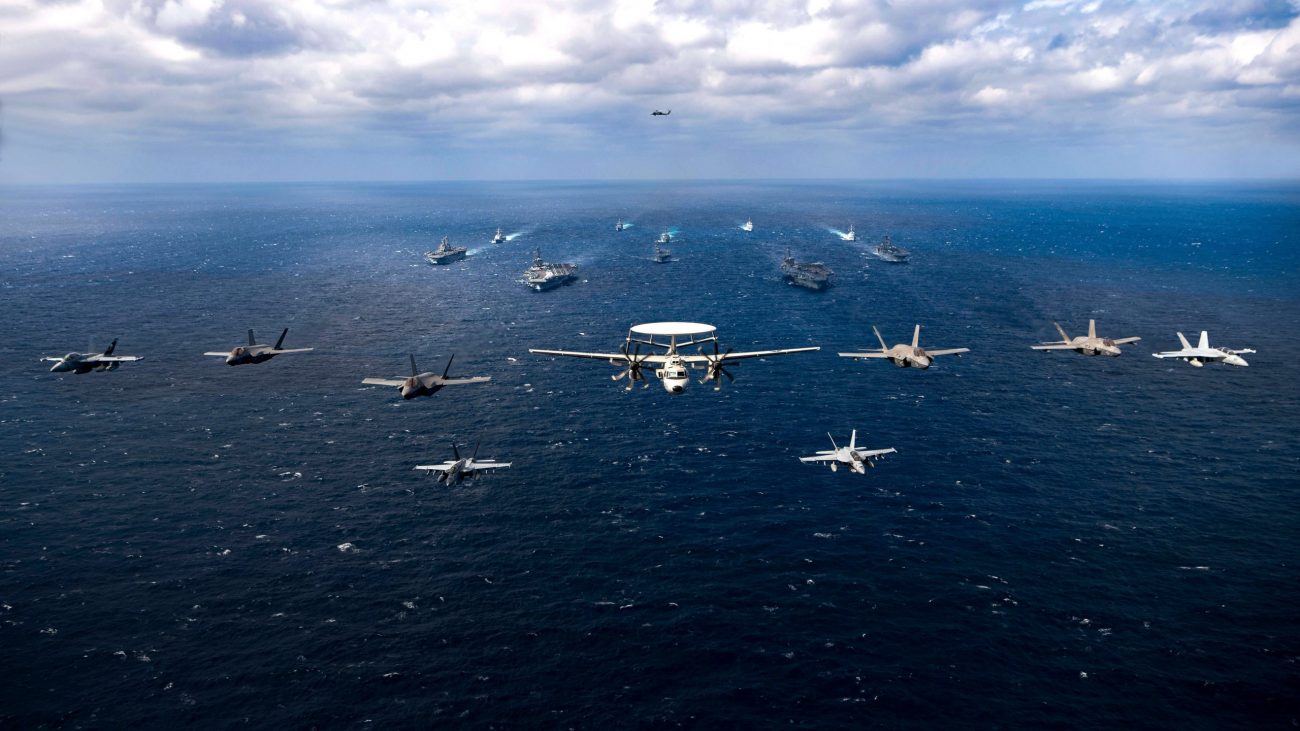Russia’s invasion of Ukraine, China’s aggressive designs in Taiwan, and North Korea’s increasing missile threats seem to have accelerated Tokyo’s plan to rebuild its defense, which, if implemented, will make Japan the third global military power, experts say.
SpaceX Thanks Russia, Elon Musk Supports Crimean Annexation; What Is Cooking Between Musk & Zelensky?
A $15B Loss! Dejected SAAB Accuses Canada Of ‘Unfair Play’ As Ottawa Negotiates With US For F-35 Jets
If one goes by the 2022 military ranking of the “Global Fire Power,” Japan occupies the fifth position behind India, China, Russia, and the United States.
Some other studies, of course, rank China, not Russia, second behind the United States, going by the size of the defense spending. But all agree that if Japan meets its budget goals in the next five years, it will emerge as the third strongest military power (It is 9th at the moment in terms of defense spending).
Japan’s ruling Liberal Democratic Party (LDP) has already submitted a proposal that aims at drastically revising Japan’s National Security Strategy (NSS), National Defense Programme Guidelines ( NDPG), and the Medium Term Defense Force Buildup ( MTDP).
The LDP argues for the strengthening of the country’s defense posture and its possession of counterattack capabilities. Not surprisingly, therefore, Prime Minister Fumio Kishida has pledged to “fundamentally reinforce” the country’s defense capabilities in the face of China’s military expansion and North Korea’s rapid nuclear and missile development.
Kishida might not have mentioned Russia here, but the fact remains that Russia’s invasion of Ukraine presents new risks for Japan. The Japan–Russia peace treaty negotiations — which have remained unresolved since the end of the Second World War — were suspended indefinitely by Russia in April 2022.
Russia and China have problems over the possession of some island territories in the Pacific (southern Kurli islands), akin to China’s claims over the Senkaku islands in the East China Sea.
In other words, the argument is that Japan’s three strategic fronts — China, North Korea, and Russia — all require different defense capability and posture requirements, which cannot be neglected any longer.

Boosting Japan’s Defense Budget
A robust increase in Japan’s defense budget has thus become a big domestic debate. In fact, the public support for an increased defense budget was at a historic high during Japan’s Upper House election in July 2022.
And if the LDP has its way, then Japan’s defense expenditure will increase from $53.1bn next year to $70.4bn in 2027, reflecting a compound annual growth rate of 7.3%, according to GlobalData. That means over the next five years, Japan could spend more than $279 billion.
It may be noted that because of Japan’s “pacifist constitution” (Article 9 of Japan’s constitution), the country has what is said to be an informal rule of 1976 that limits its defense spending to around 1% of GDP. But now, the LDP wants it to go up to 2% of the GDP to meet the NATO standard of 2% of GDP.
And here, the Japanese government seems to have public support. An opinion poll done early this year by Japan’s largest selling newspaper, the Asahi Shimbun, found that 64% of Japanese favor strengthening their islands’ defenses.
It was the first time that the figure topped 60% since the paper began conducting the surveys in 2003. And the Yomiuri Shimbun, the paper’s leading rival, found 72% support for a stronger army; fewer than 10% felt that way in a similar survey carried out in 1988.
Other polls show that a majority now favors acquiring long-range missiles, which would let the country’s Self Defense Force (the description of the Japanese military under its pacifist constitution) strike targets beyond Japan’s territory, another break from established norms.
It was against this background that the Japanese Defense Ministry, on August 31, requested ¥5.59 trillion ($40.4 billion), the largest amount ever, to be allocated in the country’s initial budget for the fiscal year 2023. However, the outlay could eventually further balloon to around ¥6.5 trillion once some unspecified costs are finalized, it is said.
Among the areas to receive the additional funds are long-range missiles for use in counterstrike capabilities, drones and other unmanned technology, and the construction of new destroyers to be equipped with the Aegis missile interceptor system.
The ministry also plans to use the extra funds to boost sustained combat capabilities, including improving missiles and munitions storage, as well as production.

Boosting The Military
Besides, Japan’s armed services are said to have now moved to a multi-dimensional defense force enterprise by striving for more ability and jointness in operational ability. The modernization effort is bringing its army, navy, and airforce closer together as well as venturing into new domains, including cyber operations and space.
Reportedly, the three services have recently made significant procurements in advanced capabilities offering the potential for global deployments. In the air domain alone, Japan introduced the Kawasaki P-1 in 2013, with 33 aircraft now in service and 60 more in order to replace the country’s P3-C fleet.
In 2013, Japan signed a deal with Lockheed Martin for 42 F-35B aircraft but then extended the deal in 2019 to acquire a total of 105 F-35A and 42 F-35B variants. In 2020, a deal was signed with Mitsubishi Heavy Industries as the lead developer for almost 100 units of the sixth-generation F-X stealth fighter.

In the naval domain, Japan is expanding its blue-water capabilities by converting the Izumo-class helicopter carriers into fully-fledged aircraft carriers able to operate the F-35B fighter. Its surface fleet can field more than 40 frigates and destroyers, while subsurface assets include the capable Sōryū-class submarines, it is said.
British scholar Dr. Christopher Hughes, who has recently authored a book on Japan titled Global Military Power: New Capabilities, Alliance Integration, Bilateralism, says that apart from representing a formidable fleet for global deployment, Tokyo is also devoting many of these capabilities to homeland defense, particularly for its southwestern islands that are at risk from Chinese incursions.
However, such a policy has got another side to it too. And that is not exactly pleasing. All told, Japan’s fiscal health is not in its pink. Its overall debt is more than twice the size of its economy.
Many in the country, therefore, question the wisdom of splurging on security at a time when the cost of caring for the elderly is relentlessly rising (Japan is incidentally the world’s most aged country, having the largest number of people above 85 years).
Some critics also point out that Japan is increasing its defense expenditure under relentless US pressure for the last few years to do so. In any case, there is deepening interoperability between US military units and the Japanese SDF.
And when Japan wants more arms, it is good news for America’s defense industry. The argument here is that with every yen that is added to Tokyo’s defense budget, the American defense companies raise at least five dollars for their equipment headed for Japan!
But then, these factors are unlikely to change the Kishida government’s mind. Reportedly, the Japanese Finance Ministry intends to maintain fiscal discipline by funding the increased defense spending through issuing government bonds and plans to repay the debt by raising corporate and other taxes.
- Author and veteran journalist Prakash Nanda has been commenting on politics, foreign policy on strategic affairs for nearly three decades. A former National Fellow of the Indian Council for Historical Research and recipient of the Seoul Peace Prize Scholarship, he is also a Distinguished Fellow at the Institute of Peace and Conflict Studies. CONTACT: prakash.nanda@hotmail.com
- Follow EurAsian Times on Google News




